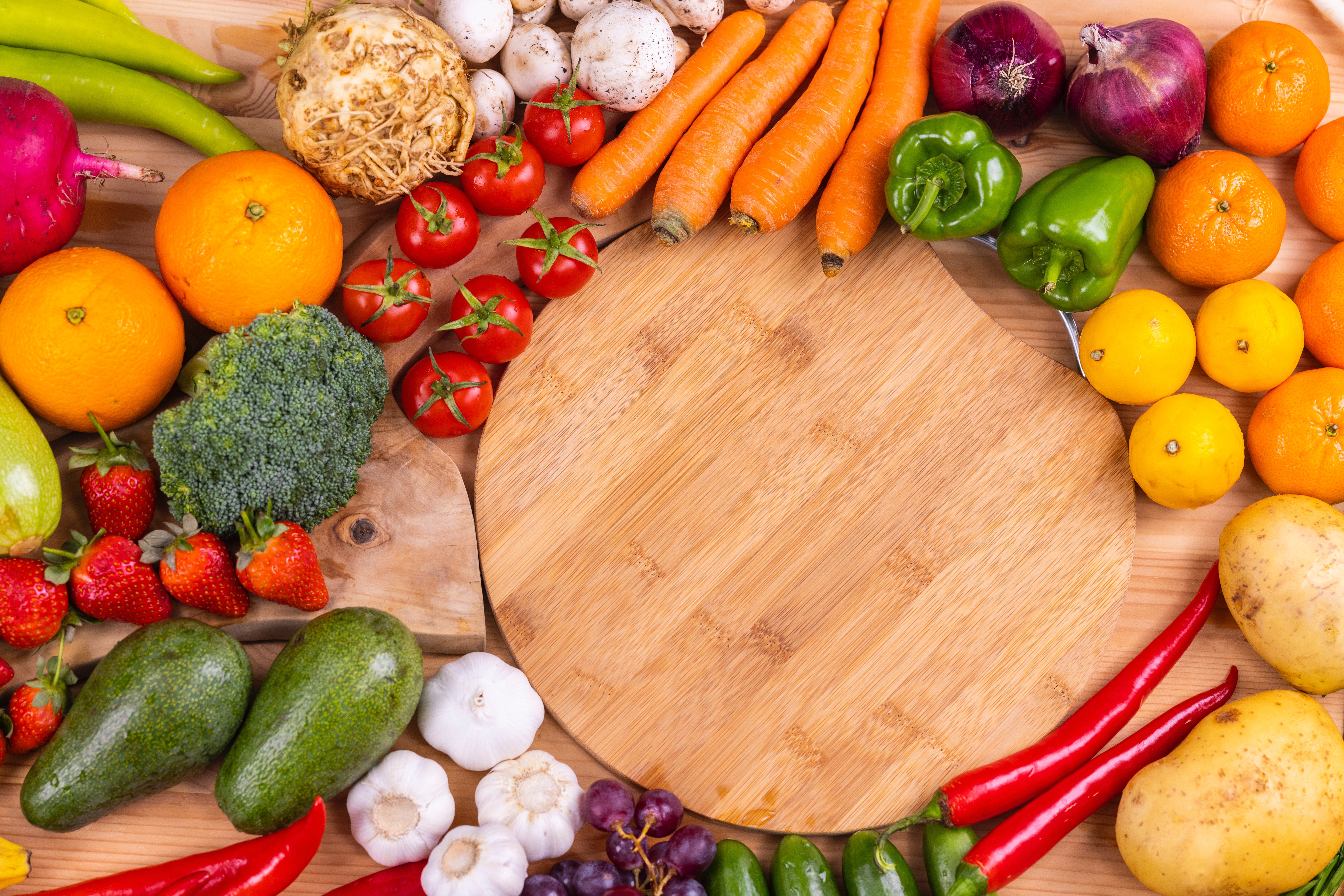Heart disease is the leading cause of death for men and women in the United States, across most minorities and backgrounds. In fact, One person dies from heart disease every 36 seconds here in the U.S. The numbers are sobering, but there is good news: There are many easily accessible foods that can help reduce the risk of heart disease.
The following quote from Dr. Caldwell Esselstyn, Jr., leading heart disease researcher from the Cleveland Clinic, illuminates the power of diet in the fight against heart disease:
“Genetics loads the gun, lifestyle pulls the trigger.”
Put another way, you may have a family history of heart disease, but the foods you eat and the lifestyle you live are what lead to many of the most serious consequences of heart disease.
Eat these foods to reduce your risk of heart disease
Food is the easiest place to start when it comes to reducing the risk of heart disease. Here are some of the most popular, common, and easily accessible foods and dietary changes to consider if you want to reduce your risk (be sure to talk to a doctor before making any changes to your diet):
Vegetables (especially leafy greens)
This won’t come as a surprise to anyone, but it’s important to mention -- vegetables play an important role in the prevention of heart disease. They also have tons of fiber and nutrients, and can help you stave off a host of other health ailments. Leafy greens in particular are packed with heart-healthy (and protective) function. Think greens like kale, spinach, swiss chard, and beet greens. Broccoli, cauliflower, and beets -- for the purposes of heart health -- also fall under the category of “greens.”
Nuts and seeds
Many nuts and seeds are packed with heart-healthy fats, like those omega-3s you always hear about. Aim for a handful (about ¼ cup) per day to maximize benefits. Among nuts, walnuts have one of the best ratios of omega-6 to omega-3 fatty acids. For seeds, adding some ground flax or chia seeds to a smoothie or soup, or on top of some morning oatmeal, can add some heart-healthy punch.
Whole grains
Swap your sugary morning cereal for a bowl of oatmeal for added heart benefits. Oats have been shown to lower cholesterol, and they join a host of whole grains like whole wheat, sorghum, quinoa and more in their ability to protect your heart and lower your risk for heart disease.
Fruit
Everyone loves fresh fruit, and their fiber, antioxidants, and other nutrients make them a nutritional powerhouse that can help lower your risk of heart disease. If it’s easier, try adding fruit that’s easy to grab and go, like bananas or apples, or even pre-packaged sliced and washed fruit. Anything that makes it easier for you to eat heart-healthy snacks is a good idea.
Minimize these foods to reduce your risk of heart disease
While you’re eating the right foods, it’s also important to avoid or minimize consuming the wrong foods - those that increase your risk of heart disease. In particular, be sure to minimize your consumption of these:
Processed foods
Generally speaking, if it’s in a box or package, it’s probably processed. Processing typically strips foods of their nutrients (especially fiber), and manufacturer’s add in unhealthy components like sugar and sodium to make up for it -- both of which increase your risk of heart disease and other health problems. While a snack here and there isn’t usually a bad idea (but be sure to talk to your doctor!), try reaching for some fruits and veggies rather than processed foods or takeout.
Processed meats
Cold cuts and other processed meats have been shown to increase your risk of heart disease, cancer and other health problems. Try swapping fresh chicken or tuna for processed meats -- or even swap in some heart-healthy hummus and beans, along with your lettuce and tomato on whole grain bread for a heart-healthy sandwich.
We’re committed to your and your loved one’s health.
Here at Winnwood Retirement Community, our meals are designed with your health and taste buds in mind! With a variety of options each day, and cuisines from across the country and globe represented, you’ll always be excited to eat in our dining room. Plus, take advantage of the resort-like amenities that come with retirement living. To learn more about our retirement community, contact us today.




